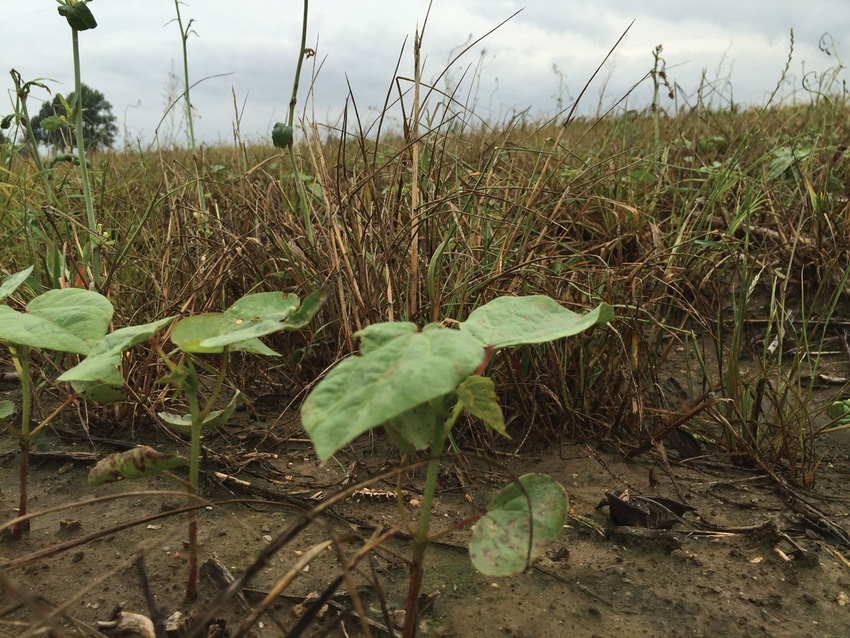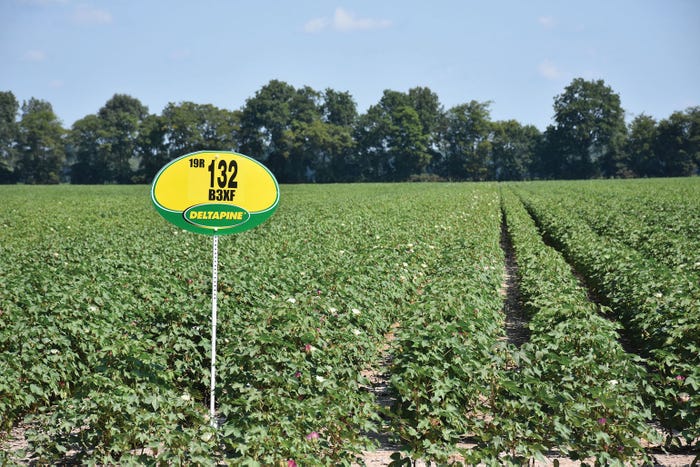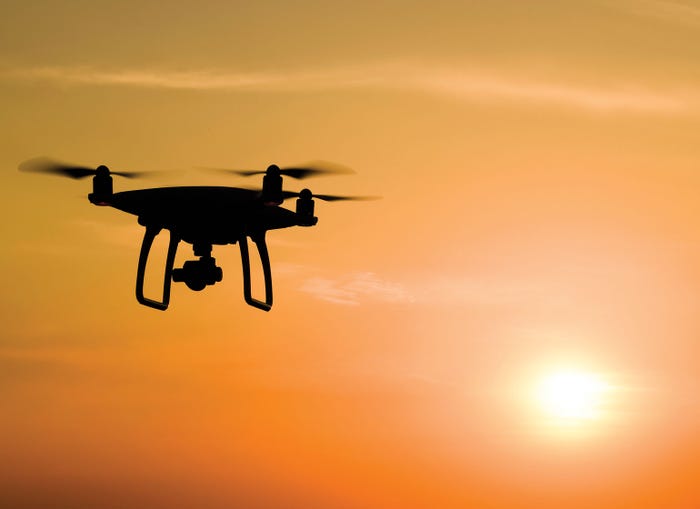October 23, 2020

#1 Cover crops
Government prevent plant insurance claims have been high during abnormally wet planting conditions across many areas. But by planting into cover crops, growers may dodge PP issues and produce strong yields even with wet conditions, according to a survey by USDA’s Sustainable Agriculture Research Education (SARE) program.
In August, SARE reported results from its 2019-20 survey of more than 1,170 U.S. growers. Among those surveyed, about 78% said wet weather had delayed planting in their county. However, 78% of the cover crop users didn’t take PP despite the challenging growing season.
Planting into a terminated cover crop is common in some areas. The survey indicated, however, there are benefits in “planting green,” the practice of seeding a cash crop into a live cover crop and letting both grow simultaneously for a length of time.
Regardless of the crippling spring rains of 2019, about 54% of the survey respondents said they were able to plant cash crops sooner in green-planted fields, compared to fields where cover crops were either terminated early or not present. Of those planting green, 68% reported better soil moisture management.
Additionally, some 70% said planting green improved their weed control. “The majority said levels of early-season diseases, slugs and voles — often feared as potential downsides of planting green into cover crops — were about the same or better after planting green,” SARE says.
See more in the survey at https://www.sare.org/wp-content/uploads/2019-2020-National-Cover-Crop-Survey.pdf.

#2 Leverage cotton trials
Growers should take more advantage of university variety trials to determine which seed lines perform best in their environment, advises Calvin Meeks, former University of Missouri Extension cotton specialist.
University crop specialists have conducted variety trials for decades. Most are on college research stations, while others are on independent farms, where soil and other growing conditions can vary. These trials show how varieties may perform well in one type of condition, but may not shine in another.
“Seed companies conduct informative variety trials,” Meeks says. “However, data may only pertain to their seed lines. University data can present a broader picture of how multiple brands of varieties perform in like conditions.”
According to university websites, in 2019, Missouri had variety trials in eight locations; Tennessee had trials in five locations; Arkansas had trials in five locations; Louisiana had trials in four locations; and Mississippi had trials in eight locations. Numerous on-farm trials were also conducted. Many more were conducted this year.
Planting dates, soil types, precipitation or irrigation, fertilizer, herbicide and other chemical applications and other factors were calculated. In Missouri, for example, Meeks says a recent trial observed strip-till variety performance. “We planted a variety on the recommended first of May, while one farmer planted the same variety in mid-April,” he says.
“Both fields matured at the same time, but plants in our trial had more bolls and yielded higher. That and other trial data can help growers improve their production. I encourage them to observe all of the data they can to manage varieties in the most efficient manner possible.”

#3 Boost Scouting
From monitoring seed emergence to timing PGR applications, unmanned aircraft systems (UAS) or drones can equip growers with immediate spot-on data to help manage input requirements and stay ahead of potential disasters.
Louis Wasson, Mississippi State University precision agriculture senior associate, says more growers are using drones at various levels. “While a hobby for some, more are using advanced UAS with multispectral capabilities,” he says.
“Those systems can measure energies of light that humans can't see. It shows the biomass of plants. For example, as this year’s cotton crop winds down, growers are using it to determine where to apply Pix.”
UAS can also help farmers gauge seed emergence. “With its high-resolution cameras, growers can detect small seedlings as they emerge and determine plant density and uniformity across the field,” Wasson says, noting systems work with major farm software systems.
Convenience and timeliness are enhanced. “For about the same price as hiring a plane for aerial imagery, growers can get the information they need within hours with a UAS,” Wasson says. “They can fly it, get the imagery and process it promptly.”
Drone usage illustrates how producers are grasping high-tech on the fly. “Along with precision ag tools, growers are becoming smarter, too,” Wasson says.
“And with the information now available in multispectral systems, they can plug the data into the sprayer, pick out the field map and away they go.”
An investment of about $5,000 can equip a grower with “a good aircraft (UAS)” and processing software. The drone itself would run about $1,500 or more. The software is about $3,000 per year.
“But knowing exactly when to apply PGRs or other chemicals can easily help cover the costs of a system,” Wasson says.

#4 Don't waste data
When it comes to managing and producing a crop, farm software is as important to many farmers as the tractor or sprayer. Ag software helps crunch cost and application data on seed, chemicals, equipment, fuel and other production needs. With the time approaching for 2021 corn, cotton and soybean budgets, software updates may be needed to assure data doesn’t go to waste.
UAS or drones, can equip growers with immediate spot-on data to help manage input requirements and stay ahead of potential crop disasters. Software systems come in all price ranges and capabilities to fit a farm’s needs.
Many systems will automatically update or advise users when it’s time to enhance the system to manage crops, as well as overall profit centers, return on investment or tax management.
Software reps can also help in gauging the need for updates or even the upgrades themselves. Extension precision agriculture specialists can often lend a hand. There’s also a link to dozens of farm software lines that can help guide producers in search of new systems to help data management. It’s available at https://www.capterra.com/farm-management-software/?sortOrder=sponsored.

#5 Start fresh
Despite which herbicide technologies are available for 2021, growers should get a “clean” start before planting. Old-style weed management may be needed to keep pigweed and other pesky plants from establishing growth.
Tom Barber, University of Arkansas Extension weed scientist, recommends herbicides with multiple modes of action. “It’s important to start clean with contact and residual herbicides at burndown,” he says.
“It’s easy for growers to get caught in the heart of battle and look for what is easy. They need a premade plan that includes multiple residuals up front, especially in heavy pigweed areas.
“Start burndown early in February or March to handle winter annuals. If you don’t have residuals, it may cost more at planting to get fields clean again. We need a good four-week start to get cotton rolling and help maintain yield potential.”
Barber says growers should “overlap residual herbicides at pre-plant, preemerge, postemerge and layby.
“Everyone should drag old layby rigs and hooded sprayers out of the bushes and get them ready for usage,” he says. “That’s a key to maintaining success moving forward. It enables us to use products like Diuron that give us help for pigweed.
“Timely and proper applications are needed to prevent weeds from getting too tall. Layby rigs may be needed to handle pigweed that’s larger than 5 to 6 inches.”
With widespread resistance, University of Arkansas recommends farm-wide pigweed management utilizing non-selective and residual herbicides to reduce seedbanks on ditches, turnrows and field borders.
About the Author(s)
You May Also Like




